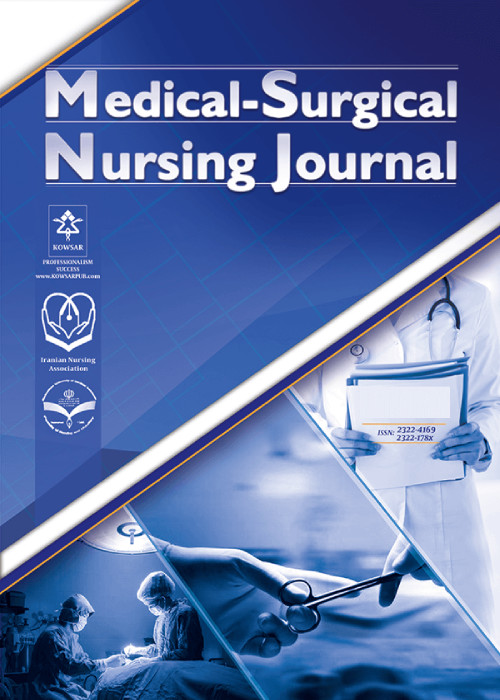Effect of home-based continuous care model on the quality of life of patients with myocardial infarction
Myocardial infarction is one of the most common types of cardiac diseases. Considering the necessity of self-care in these patients, continuous care model can be an appropriate framework for sensitizing patients to accept and continue health behaviors. Therefore, this study aimed to determine the effect of home-based continuous care model on the quality of life of patients with myocardial infarction.
A semi-experimental study was conducted among MI patients who were admitted to the cardiac care units (CCUs) of Ali ibn Abi Talib and Khatamolanbia teaching hospitals in Zahedan, Iran. Sixty patients were selected through the convenience sampling method, and then they were randomly allocated to two groups of intervention and control (n=30 each). The continuous care model was implemented in four stages of orientation, sensitization, control, and evaluation over a course of five 30 to 45-minute group sessions and through phone calls (a total of four phone calls, one per week). On the other hand, subjects of the control groups received the routine care. Data were collected using a demographic characteristics checklist and the Quality of Life after Myocardial Infarction questionnaire (QLMI) designed by McNew. The questionnaire was filled out at the three stages of before and after the sensitization and after the third stage of the continuous model. Data analysis was performed in SPSS, version 20, using independent t-test, Chi-square test, and repeated measures analysis of variance (ANOVA).
We found no significant difference between the intervention and control groups regarding age, marital status, level of education, occupational status, and duration of disease diagnosis. However, the mean scores of emotional aspect (P=0.03), physical aspect (P=0.02), social aspect (P=0.01), and the total score (0.01) of quality of life significantly increased in the intervention group at the end of the sensitization stage. On the other hand, repeated measures ANOVA reflected significant changes in the quality of life score over time (P<0.001). Moreover, a significant difference was noted in the mean total score of quality of life after the sensitization stage based on time and group (P=0.01).
According to our results, the home-based continuous care model could change the quality of life of MI patients. Therefore, to promote the quality of life of MI patients, we recommend incorporating this model as a community-based approach in the health system.
- حق عضویت دریافتی صرف حمایت از نشریات عضو و نگهداری، تکمیل و توسعه مگیران میشود.
- پرداخت حق اشتراک و دانلود مقالات اجازه بازنشر آن در سایر رسانههای چاپی و دیجیتال را به کاربر نمیدهد.


